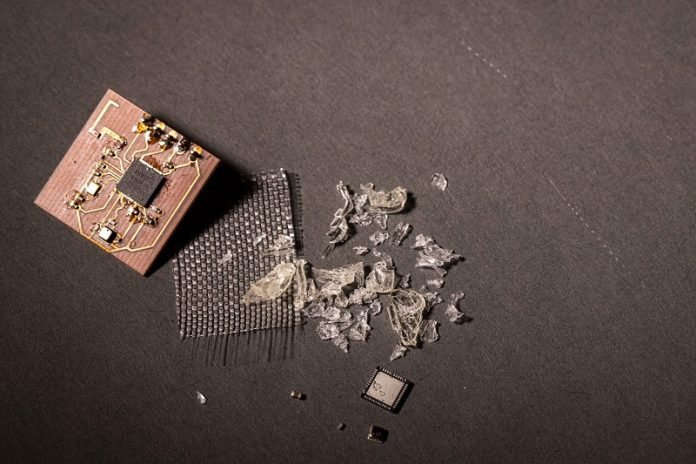
Electronic waste is a growing problem globally.
In 2022 alone, the world produced an astonishing 137 billion pounds of it, and a significant part of this waste comes from circuit boards that are found in almost all electronic devices.
Unfortunately, less than a quarter of this waste gets recycled, leading to environmental pollution and loss of valuable materials like gold and copper.
Circuit boards are tough to recycle because they’re made from layers of glass fibers and plastics, which are difficult to separate.
This often results in them being dumped in landfills or burned to extract metals, processes that can be harmful to the environment and people.
However, researchers from the University of Washington have developed a groundbreaking solution: a new type of circuit board that can be recycled multiple times without losing quality.
These new boards, called vitrimer printed circuit boards (vPCBs), use a special type of polymer that can be transformed into a jelly-like substance using a solvent. This makes it easy to remove and reuse the solid components like glass fibers.
What’s special about these polymers, known as vitrimers, is their ability to be reformed and reused.
They’re like noodles that can detach and reattach, allowing the circuit board to be reshaped or healed if it’s damaged.
This flexibility means that not only can the materials be recycled, but damaged circuit boards can often be repaired instead of thrown away.
The researchers have tested these vPCBs and found that they perform just as well as traditional circuit boards used in many electronic devices.
The process to make these recyclable boards is similar to that used for regular boards, so it wouldn’t require big changes in manufacturing.
Recycling these vPCBs has significant environmental benefits. It could reduce the impact on global warming by 48% and cut down carcinogenic emissions by 81% compared to traditional circuit boards. This is a big step towards reducing the electronic waste problem.
Despite these advantages, there are challenges to overcome before these recyclable circuit boards can be widely adopted. Gathering the electronic waste and setting up recycling systems are major hurdles. Moreover, making recycling financially viable and supported by regulations will be essential for widespread use.
Researchers are optimistic about the future and are using artificial intelligence to develop even better materials for these recyclable circuit boards.
This innovation represents a promising step towards more sustainable electronics, aiming for a future where electronic waste is minimized and valuable materials are reused efficiently.



